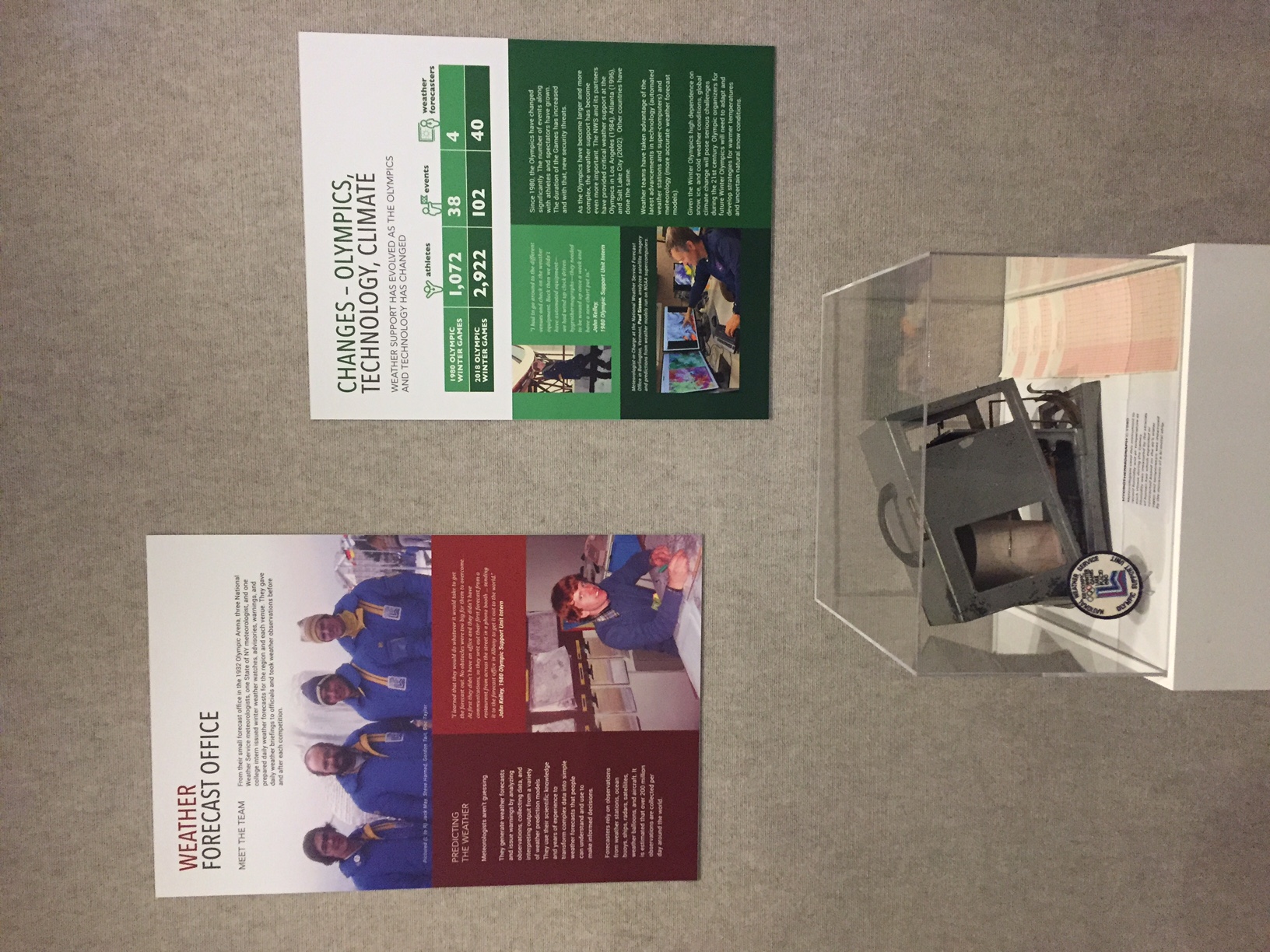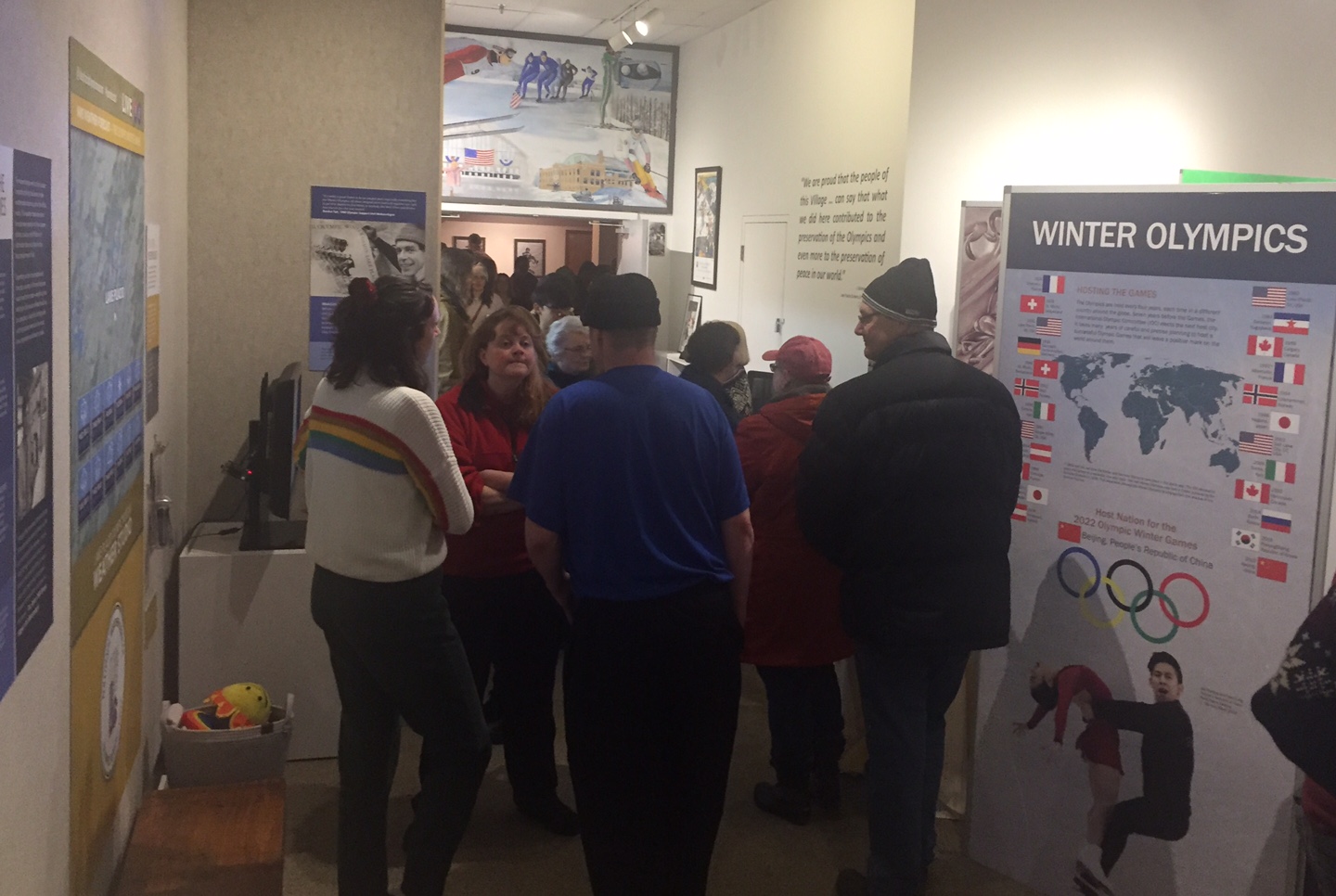This week, as part of the 40th anniversary of the XIII Olympic Winter Games in 1980, the Lake Placid Olympic Museum launched the exhibit, Foretelling the Future – The National Weather Service at the 1980 Olympic Winter Games. These Olympic Games stand out in our collective memory as the venue for the “miracle on ice,” when the U.S. hockey team beat the 4-time Olympic champions, the Soviet Union. Little do most people know, however, another kind of team was pulling off a small miracle of their own at these games.
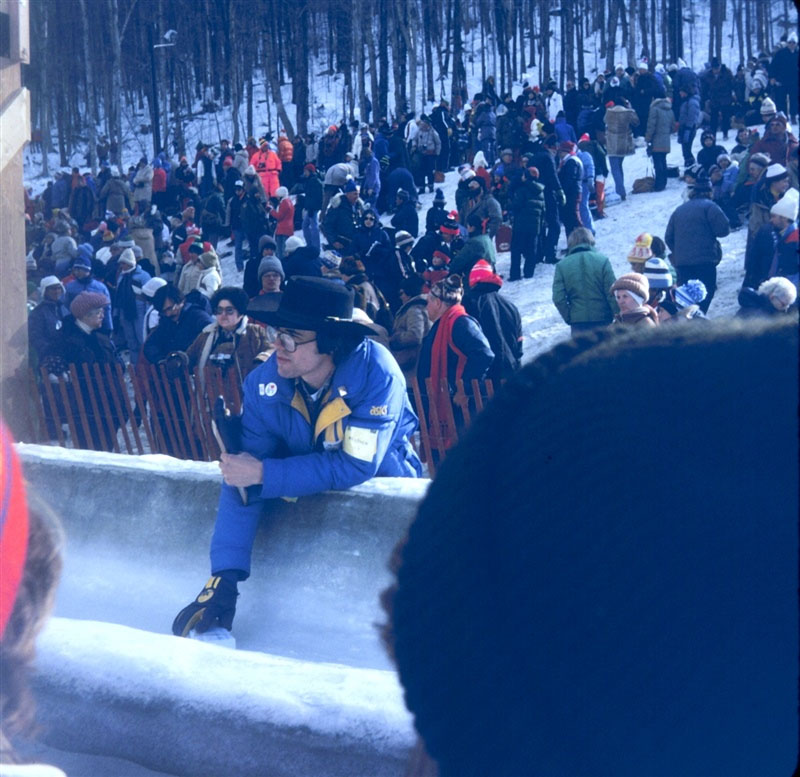
From their small forecast office in the Olympic arena, the National Weather Service (NWS) Olympic Support Unit with meteorologists Jack May, Steve Harned, Gordon Tait, Doc Taylor, and intern John Kelley, took weather observations before and after each outdoor competition and issued winter weather forecasts, watches, and warnings for Lake Placid and its nine outdoor Olympic venues. Their efforts impacted everyone at the games, athletes and spectators alike. From issuing critical forecasts for Olympic venue managers making snow and trucking it to cross country ski trails, to emergency medical staff worrying about spectators getting frostbite while waiting hours for shuttle buses, the support unit’s actions ensured a safe and successful Olympic Games.
“I was very fortunate for the opportunity to work with four outstanding and dedicated meteorologists. I saw firsthand how they overcame many challenges, ranging from initially having no phones, no furniture, no electricity, and no heat in their office, to providing observations and accurate and timely weather forecasts and warnings during the Games,” said John G.W. Kelley, Ph.D., application meteorologist and coastal modeller at NOAA’s Coast Survey Development Lab and former intern within the NWS Olympic Support Unit. ”They set the precedent for future weather support units at both the Winter and Summer Olympics that would follow in the years afterwards, not only in the U.S., but in other countries.”
Kelly also stated, “Personally, their enthusiasm, team work, ingenuity, dedication, and focus on supporting their partners and the public at the Games inspired me to seek a career in NOAA, first at NWS/National Centers for Environmental Prediction’s Environmental Modeling Center and eventually with the National Ocean Service’s Coast Survey Development Lab.”
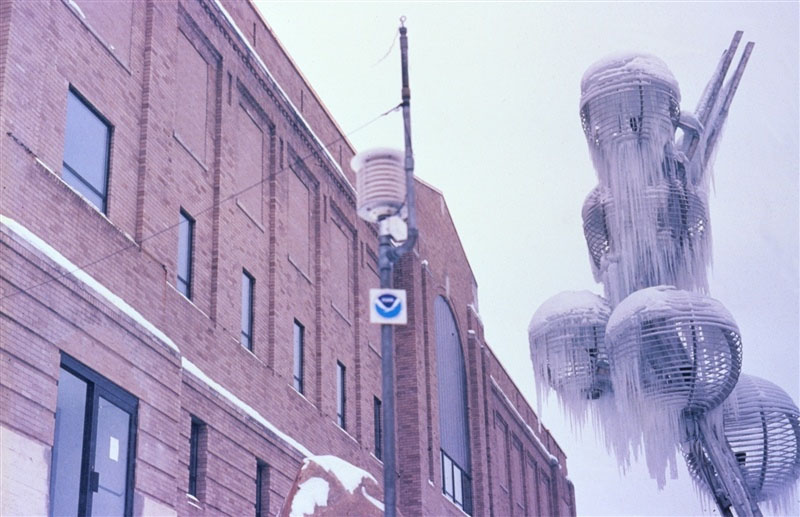
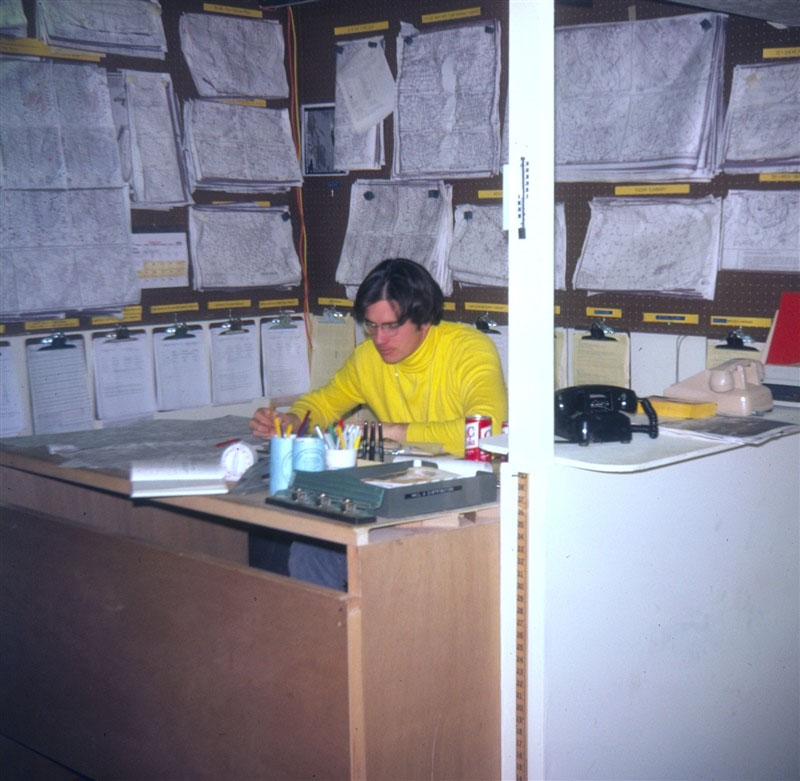
The exhibit features impacts of weather on the games through displays of weather equipment, maps, and photographs. Visitors can also go on location and report a weather forecast and make weather observations by viewing live weather radar data and information from NOAA compiled from the Atmospheric Science Research Center at Whiteface Mountain.
“To most of us watching the Winter Olympics, the focus is on the thrill of the competition, but there is so much going on behind the scenes,” said Alison Haas, Lake Placid Olympic Museum director, in a recent press release. “This fun, new exhibit allows one to explore how weather impacts spectators, athletes, and organizers and how crucial forecasts are during the Olympics.”
The special exhibit at the museum will be on display for one year, from December 2019 to November 2020. The project is a collaboration among the National Ocean Service Coast Survey Development Laboratory, the NWS Weather Forecast Office in Burlington, Vermont, and the Lake Placid Olympic Museum in the Village of Lake Placid. The project is funded by the NOAA Heritage Program and the National Marine Sanctuary Foundation.
Update
On February 13, 2020, the Lake Placid Olympic Museum held a public reception highlighting the 40th anniversary of the XIII Olympic Winter Games. The Foretelling the Future – The National Weather Service at the 1980 Olympic Winter Games was featured at this event.
